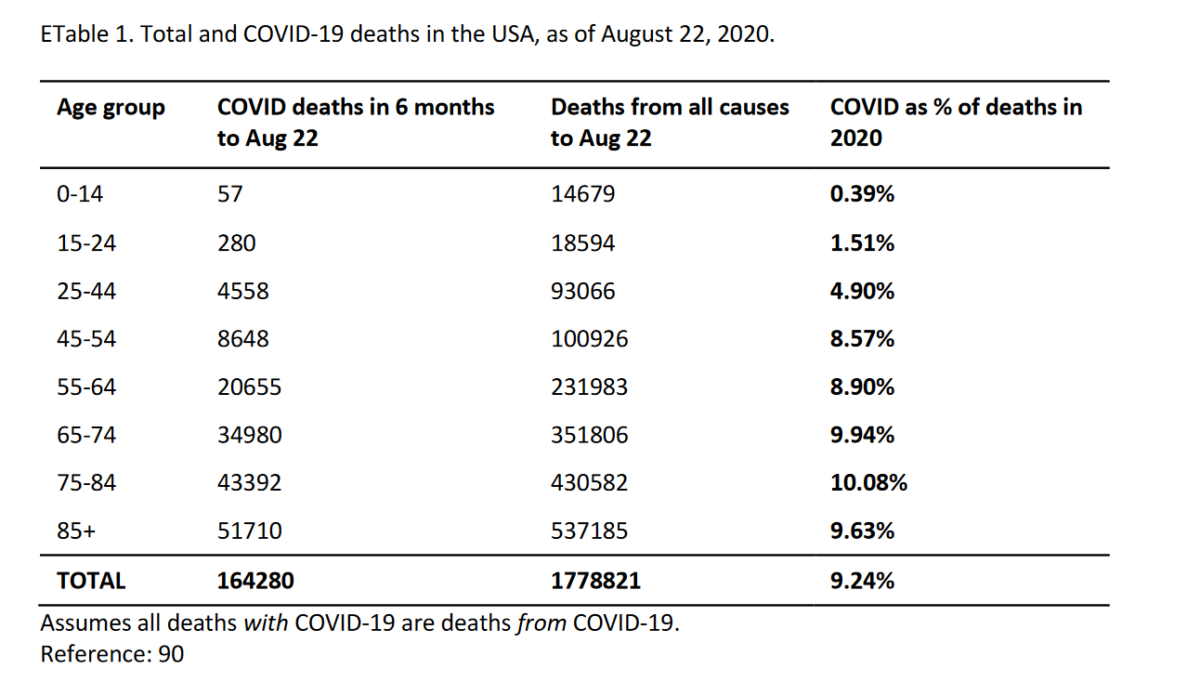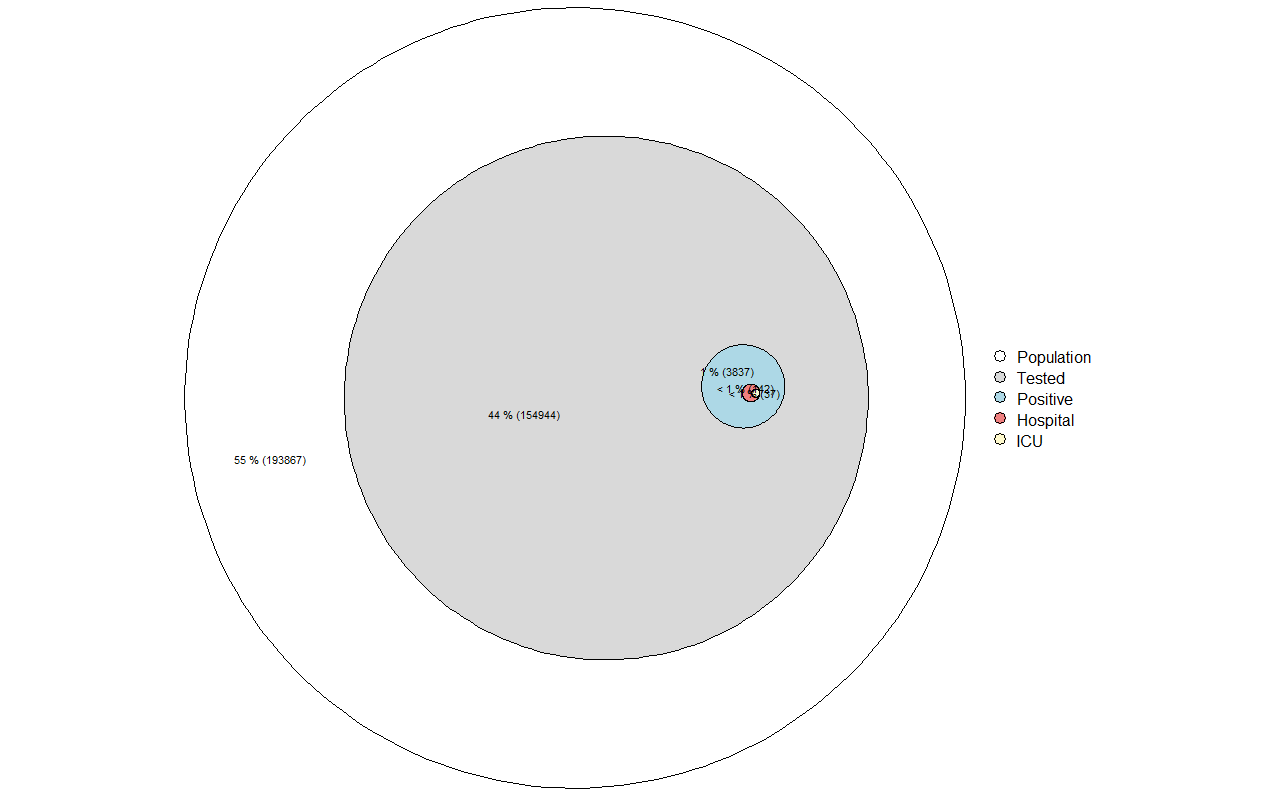Abstract
The Severe Acute Respiratory Syndrome Coronavirus 2 (SARS-CoV-2) has caused the Coronavirus Disease 2019 (COVID-19) worldwide pandemic in 2020. In response, most countries in the world implemented lockdowns, restricting their population’s movements, work, education, gatherings, and general activities in attempt to ‘flatten the curve’ of COVID-19 cases. The public health goal of lockdowns was to save the population from COVID-19 cases and deaths, and to prevent overwhelming health care systems with COVID-19 patients. In this narrative review I explain why I changed my mind about supporting lockdowns. First, I explain how the initial modeling predictions induced fear and crowd-effects [i.e., groupthink]. Second, I summarize important information that has emerged relevant to the modeling, including about infection fatality rate, high-risk groups, herd immunity thresholds, and exit strategies. Third, I describe how reality started sinking in, with information on significant collateral damage due to the response to the pandemic, and information placing the number of deaths in context and perspective. Fourth, I present a cost-benefit analysis of the response to COVID-19 that finds lockdowns are far more harmful to public health than COVID-19 can be. I close with some suggestions for moving forward.
https://www.preprints.org/manuscript/202010.0330/v1


